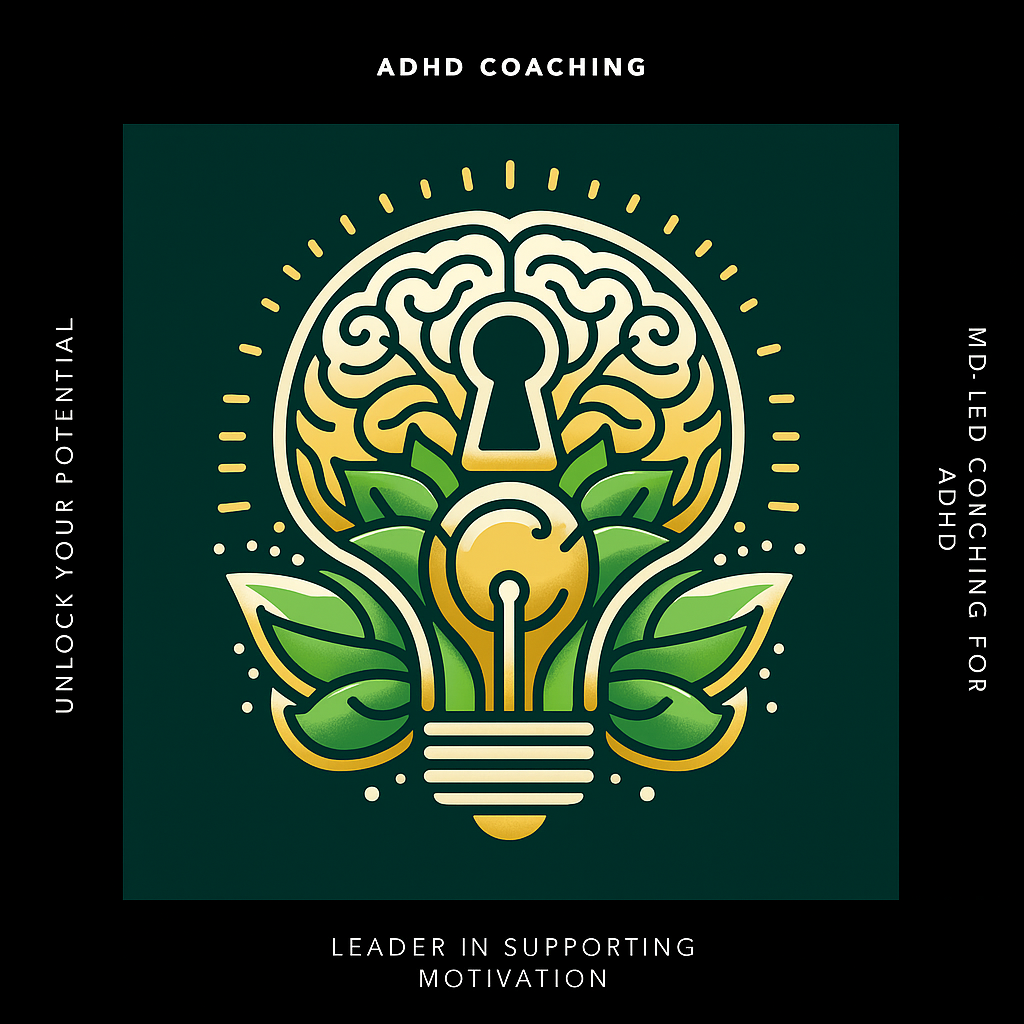 Harnessing Hormonal Cycles for High-Impact Work
Harnessing Hormonal Cycles for High-Impact Work
Strategies, Myths, Cycle Syncing, and Empowering Stories for Ambitious Women
Introduction
Hormonal fluctuations are a natural part of life for women, influencing mood, energy levels, focus, and creativity. Rather than resisting these changes or feeling shame, high-achieving women can learn to navigate and harness their cycles, transforming challenges into advantages for both personal growth and career success.
Overview: Feminine Hormones and Their Effect on ADHD
Women’s bodies are guided by a complex interplay of hormones—primarily estrogen and progesterone—which shift throughout the menstrual cycle. Estrogen, known for enhancing cognitive function, mood stability, and dopamine production, often leads to periods of heightened focus and mental clarity, especially during the follicular and ovulatory phases. Progesterone, which rises in the luteal phase, can have a calming effect but may also contribute to brain fog, lower energy, and increased emotional sensitivity.
For women with ADHD, these hormonal changes can significantly impact symptom management. High estrogen phases tend to reduce ADHD symptoms by boosting dopamine—the neurotransmitter most closely linked to attention, motivation, and executive function. Conversely, when estrogen drops and progesterone increases, some women experience worsened distractibility, irritability, and challenges with organization or impulse control. Understanding these patterns is key to managing ADHD more effectively and compassionately across the menstrual cycle.
The Four Phases of the Menstrual Cycle & Productivity
Understanding the four phases of the menstrual cycle unlocks a powerful framework for aligning tasks with your body’s natural rhythms:
• Menstrual Phase (Days 1-5): Energy is often at its lowest. This is a time for reflection, review, and gentle planning. Use this phase to rest, assess ongoing projects, and set intentions for the cycle ahead.
• Follicular Phase (Days 6-14): Rising estrogen boosts mood, creativity, and motivation. Dive into brainstorming, strategic planning, learning new skills, and starting ambitious projects. Productivity and innovation flourish here.
• Ovulatory Phase (Days 15-17): Peak energy, confidence, and communication skills. Schedule high-impact meetings, collaborations, presentations, and tasks that require visibility and interaction. This is your ideal window for networking and leadership moments.
• Luteal Phase (Days 18-28): Progesterone rises, energy may wane, and focus can shift inward. Tackle detail-oriented work, follow-through on tasks, organize, and close out projects. Prioritize self-care and stress management to maintain momentum without burnout.
Cycle Syncing for Productivity
Aligning your work style with each phase—known as cycle syncing—means adjusting your schedule and expectations to honor your body’s changing strengths. Track your cycle, notice your patterns, and gradually adapt your workflow: brainstorm and start new tasks in the follicular phase, communicate and collaborate during ovulation, focus on completion in the luteal phase, and rest or reflect during menstruation.
•During Pregnancy: Hormonal fluctuations can lead to significant changes in energy, concentration, and emotional well-being. Some women experience heightened creativity, while others may face increased fatigue or mood swings. It’s common for cognitive functions to shift, sometimes resulting in what is often called “pregnancy brain.”
•ADHD: Women with ADHD may find that hormonal changes throughout the month intensify symptoms such as distractibility, impulsivity, or emotional regulation. This can be especially pronounced during certain phases of the menstrual cycle, making personalized strategies crucial for managing daily demands.
•Perimenopause: The transition to menopause brings unpredictable hormone levels, often causing sleep disturbances, memory lapses, and mood changes. Many women discover that established routines no longer yield the same results, requiring new approaches to maintain focus and productivity.
Strategies for Success
• Navigate Emotional Waves Without Shame: Recognize that emotional shifts are a biological reality, not a personal flaw. Embracing and accepting these waves allows you to move through them with greater self-compassion and resilience.
• Align High-Impact Work with High-Dopamine Phases: Plan major projects, creative pursuits, or demanding tasks during phases of your cycle when your brain is naturally more focused and motivated. This alignment supports productivity and reduces unnecessary frustration.
• Start Small: Begin by making small, sustainable changes—track your cycle, notice patterns, and adjust your schedule gradually. Over time, these small steps add up to significant improvements in well-being and achievement.
• Success is Inevitable with the Right Support and Tools: Seek resources, professional advice, and supportive communities that understand the unique needs and strengths of high-achieving women working with their hormonal cycles.
Common Myths to Avoid
• “You should feel the same every day.” – False: Hormones naturally shift throughout your cycle, leading to weekly changes in mood and brain function.
• “ADHD isn’t real in successful women.” – Inaccurate: Many accomplished women have ADHD and become skilled at masking symptoms, often at the cost of their own well-being.
• “Everyone can cycle sync the same way.” – Misleading: Every individual experiences hormonal changes differently; your optimal approach may not look like someone else’s, and that’s perfectly normal.
Real Stories from High-Achieving Women
• “Once I started planning creative work during ovulation, I stopped feeling like a failure for struggling in the luteal phase.” — Jenna, tech entrepreneur
• “Perimenopause hit like a truck. Cycle tracking helped me work smarter instead of harder.” — Sandra, corporate executive
Conclusion
Embracing your hormonal cycles as a source of strength—rather than a setback—can unlock greater self-understanding and professional fulfillment. By rejecting persistent myths, adopting science-backed strategies, and learning from the experiences of others, women can create a new roadmap for success that honors both ambition and biology. Start where you are, make incremental changes, and remember that with the right support and tools, your path to success is not only possible—it’s inevitable.
The journey toward alignment may feel daunting at first, but it is paved with self-compassion and experimentation. Celebrate each insight gained; remember that progress is not linear, and setbacks are simply part of the process. By replacing outdated myths with personal wisdom and practical support, high-achieving women can not only thrive professionally but also reclaim joy and balance in all areas of life.
